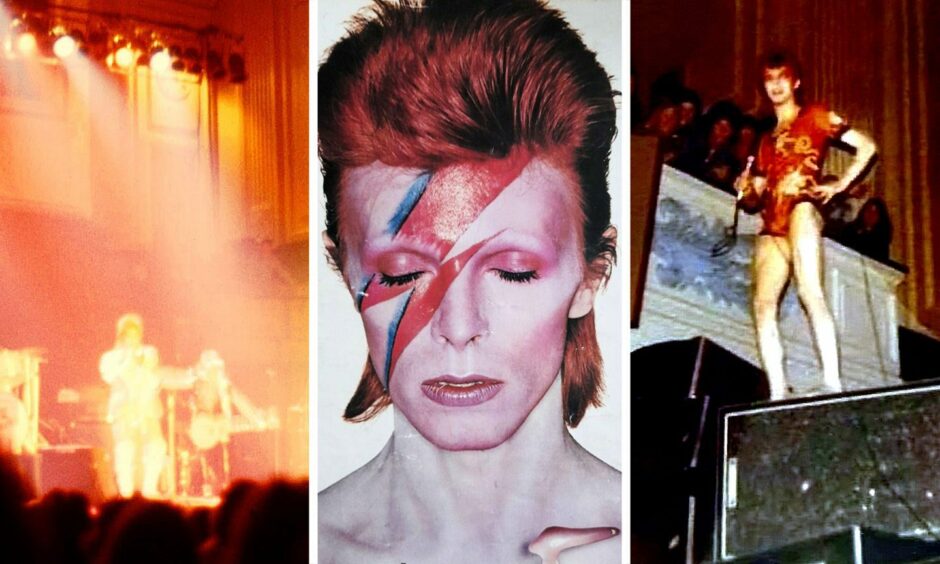
David Bowie’s most famous alter ego, Ziggy Stardust, has become one of rock’s most defining images.
So it was showmanship at its grandest when Bowie and the Spiders From Mars brought the Ziggy Stardust Tour to the Caird Hall in Dundee on May 17 1973.
These rarely-seen colour photographs — being shown from the collection of Retro Dundee blogger GG — capture a performance generally only seen in black and white.
GG purchased a series of original photographs which were taken at the concert including the image of Bowie climbing up the speaker stack in a red jumpsuit.
Some of the others he has shared — delightfully out-of-focus — were taken by his brother and document the costume changes Bowie went through during the show.
Bowie was at the peak of his powers.
Do these awaken any memories for you?
Struggling to find fans in 1966
Fans queued overnight for tickets for the gig, which was the second time Bowie played in the city following his first performance at the Top Ten Club at the Palais in April 1966.
Bowie proved a hard-sell with a sparse crowd in attendance.
Things didn’t get better when his 1969 Caird Hall concert was cancelled due to poor ticket sales for his first headlining tour following the release of Space Oddity.
Bowie was forgotten again before 1972’s The Rise And Fall Of Ziggy Stardust And The Spiders From Mars made him a bona fide superstar on both sides of the Atlantic.
Many of today’s stars have said that seeing Bowie and the Spiders doing the Starman single on Top Of The Pops in July 1972 was the moment that inspired their own careers, and Bowiemania soon swept the land.
Bowie was mobbed on his return to Dundee.
It was one of the most iconic and historic gigs to take place at the Caird Hall.
And tickets for the sold-out performance?
A princely £1.10!
This was a night that would never be forgotten by the audience.
The Courier’s review stated: “A full complement of 2,500 eager Bowie-lovers were in the Caird Hall to welcome David, who proved to be contemporary music’s most electric character since Mick Jagger wowed London in the mid-60s.
“This compelling gigolo, top-notch character of camp rock is, behind the sparkly outer crust, a most calculating character.
“The show began with a dynamic rendering of Beethoven’s Ninth Symphony from the film soundtrack of A Clockwork Orange.
“Stroboscopic lights flashed sympathetically with quickening heartbeats and then suddenly he was there — Bowie, larger than life and twice as dramatic.
“Assured of raising the hall to frenzy.”
The review seemed to suggest he was the man who fell to earth.
It continued: “The Bowie clothing has to be seen to be believed.
“His silken outer gown was ablaze in greens, reds and colours in between.
“His auburn back-swept hair topped an almost mystic face covered in make-up.”
The set list included a string of now classic songs, including Changes, The Jean Genie, Life On Mars, Ziggy Stardust, Moonage Daydream and Rock ‘n’ Roll Suicide.
The review said Bowie reigned supreme during the show “providing a complete teenage entertainment” while demonstrating that “he knows what makes youngsters tick”.
The 2,500 sell-out crowd at the Caird Hall audience was restrained until the last few songs when they surged forward and hundreds pressed against the stage.
That exuberance spilled over after the concert and Bowie found himself trapped at his car and had to be dragged to safety by his bodyguard Stuey George.
Bowie was whisked away to the after-show party at the Angus Hotel.
Willie White from Perth was just 17 when he attended the concert with his school pals and he ended the evening backstage and exploring Bowie’s dressing room!
And his verdict?
“We were four rows from the front, and with no heavy security or barriers, we were extremely close to our idols,” said Willie.
“The show was our first concert ever, and of course we were blown away, especially at the end when the crowd surged forward and we could nearly touch Mick Ronson!”
They went to the Angus Hotel afterwards and pleaded to get in but were turned away at the door by Bowie’s wife, Angie, and consequently decided to return to the Caird Hall.
They walked through the back doors and wandered backstage including Bowie’s dressing room where his vast array of costumes were laid out alongside his make-up!
After initially being chased out, they returned and this time found themselves on stage where Bowie’s roadies were packing up and the teenagers asked if they could help.
“They were very friendly,” said Willie.
“They let us take broken drumsticks and even the mouth organ that Bowie had used during The Jean Genie alongside a pile of the iconic Aladdin Sane posters.
“Sadly, I no longer have any of the memorabilia we acquired that evening!”
Willie and two of his Dundee gig pals — David Oates and Alistair Littlejohn — have decided to mark the 50th anniversary by making a Bowie pilgrimage to London.
To celebrate the milestone they are going to the Aladdin Sane: 50 Years Exhibition at the Southbank Centre whilst wearing T-shirts adorned with the Dundee gig poster.
The final farewell in 2016
Ziggy, of course, became the first of several characters Bowie would adopt, like an actor playing a part.
But Ziggy would be the one he got too heavily into, and he struggled to come out of character and be himself.
This was why, at the end of that glorious, all-conquering world tour, having had massive success with Ziggy Stardust and then Aladdin Sane, Bowie announced the band was breaking up.
For many fans of those albums, the Spiders were the greatest musicians Bowie ever worked with and there was a lot of heartbreak when they split up.
Then, Bowie would explore even stranger paths, and make a success of those.
Bowie’s last performance in Scotland took place at the SECC in Glasgow in November 2003 and he cancelled his T in the Park headline slot in 2004 due to ill health.
No one expected it to be the end of his touring days.
He largely disappeared for a decade, enjoying a quiet life in New York with second wife Iman, the supermodel, and his second child, daughter Lexi.
The music world was taken aback when a new album came out in 2013 and The Next Day was his ninth No 1 LP in the UK and his first chart-topper for 20 years.
Blackstar, his final album, featured lyrics and a video for the single that seemed to spookily refer to Bowie’s own death.
It was released on his 69th birthday, January 8 2016.
No one knew of his terminal cancer, so when he died two days after Blackstar hit the shelves, it was hailed as the last artistic act of an exceptional showman.
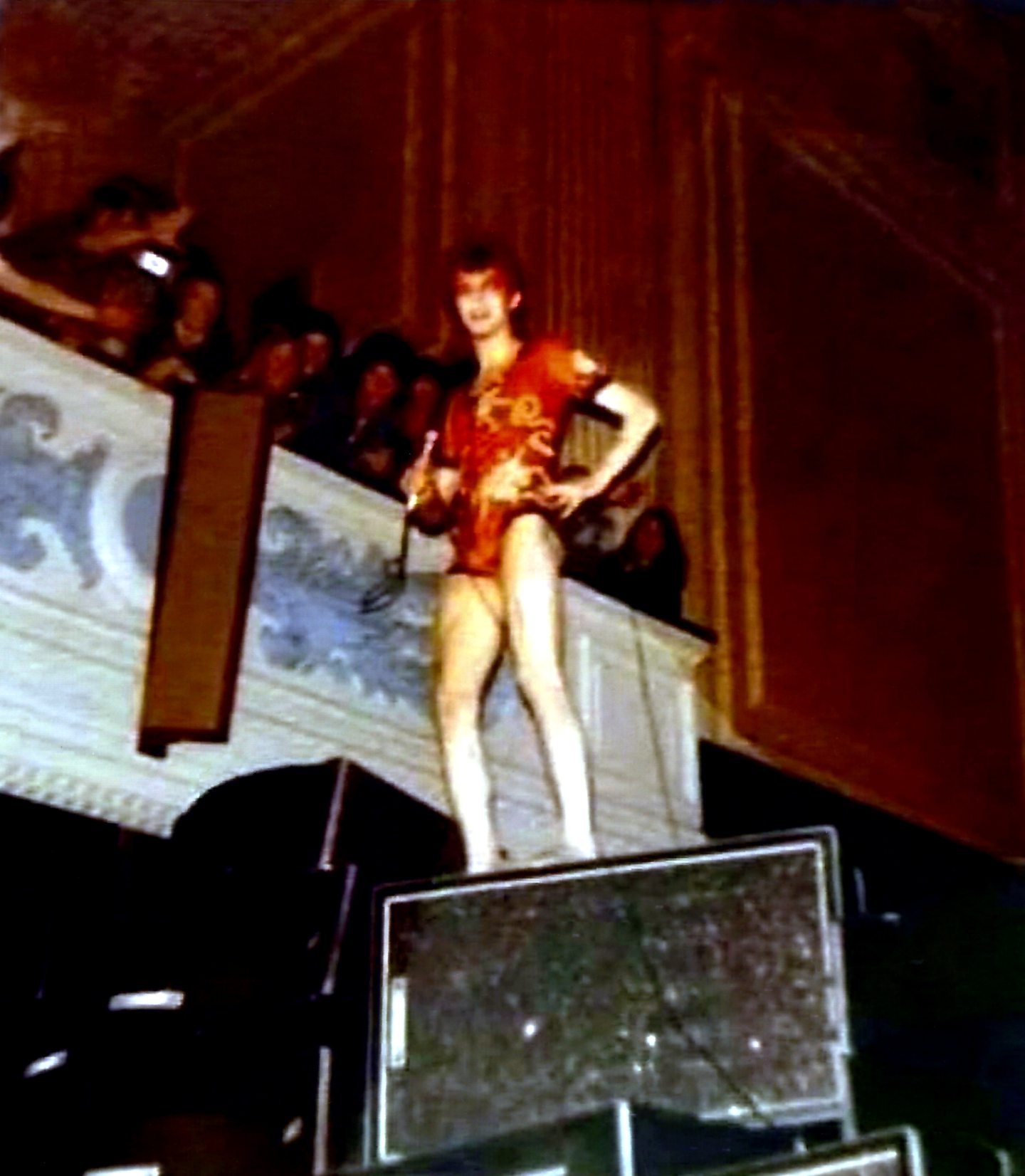
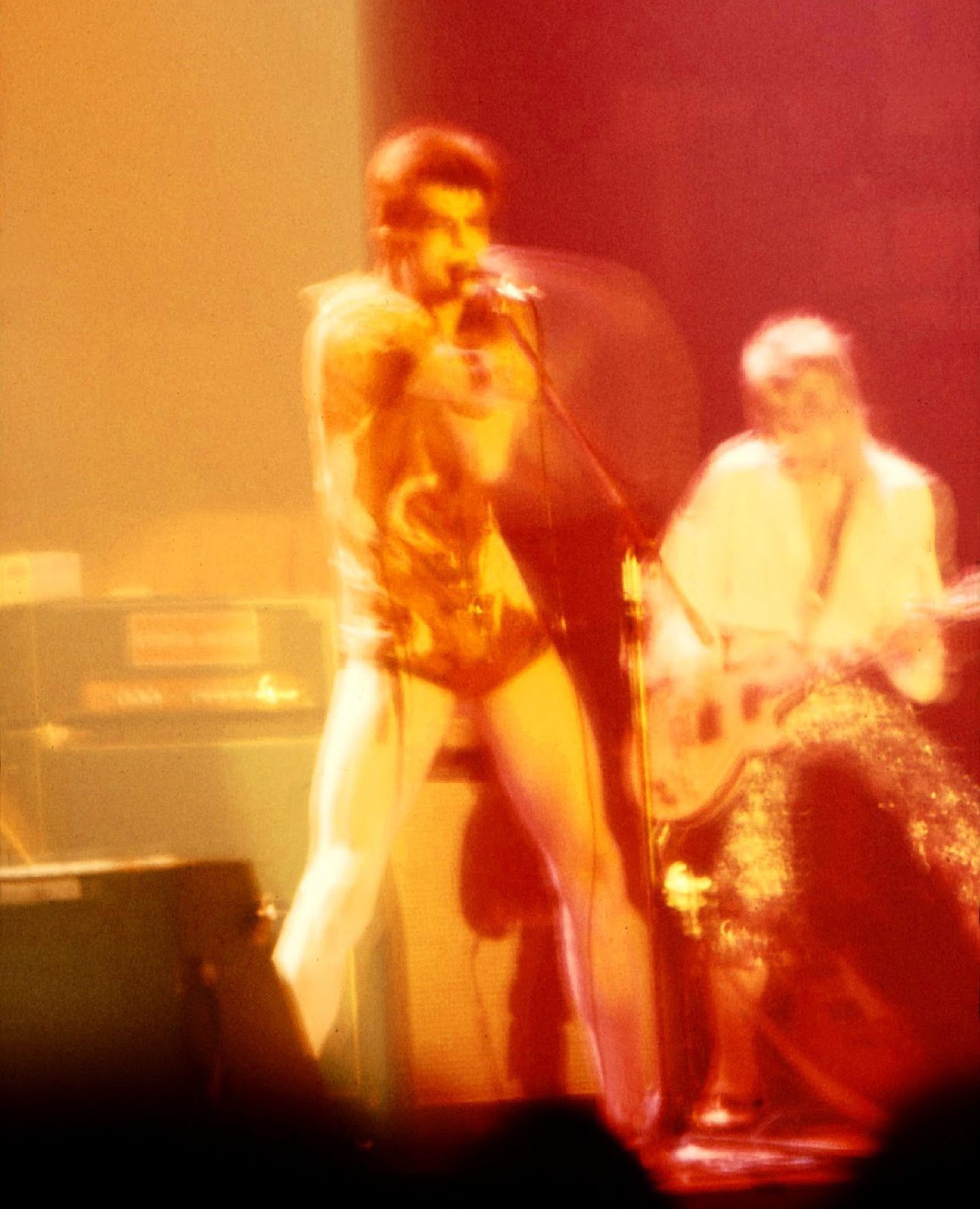
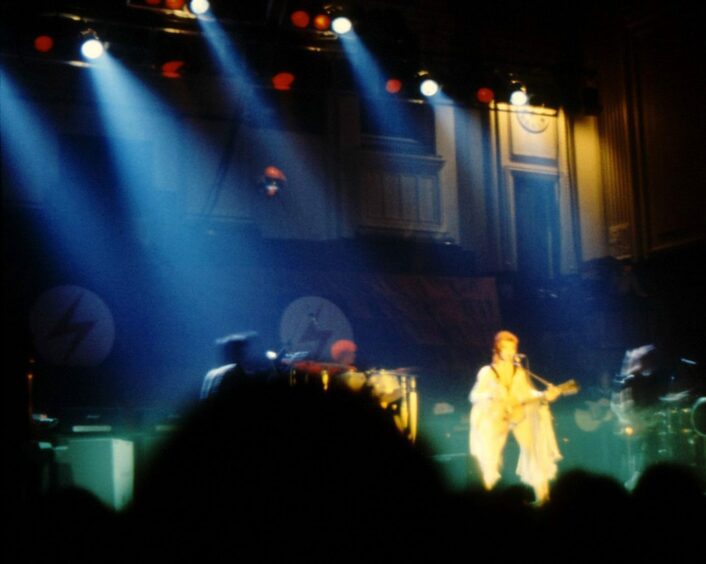
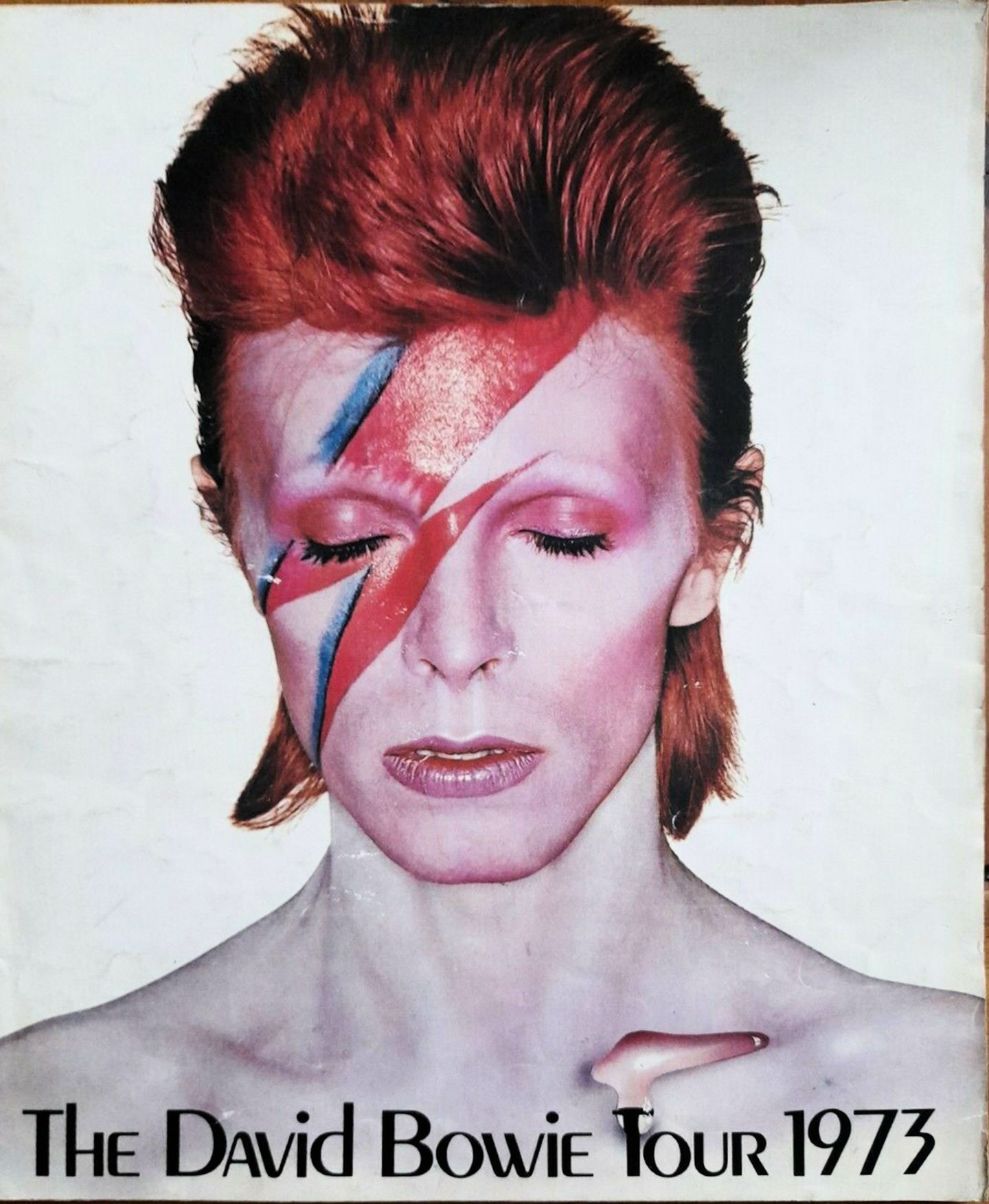
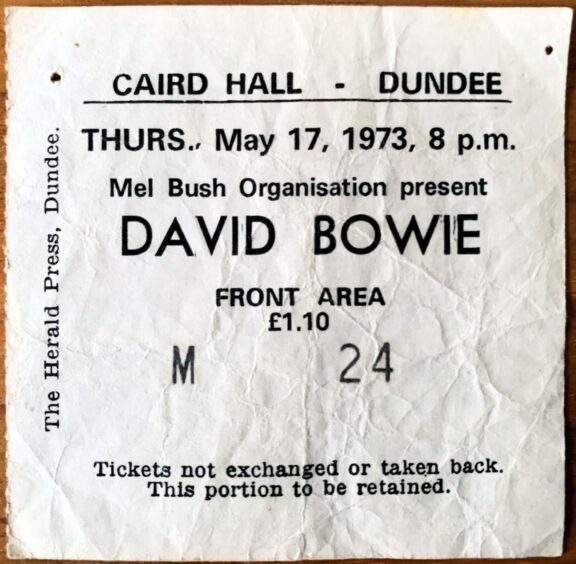
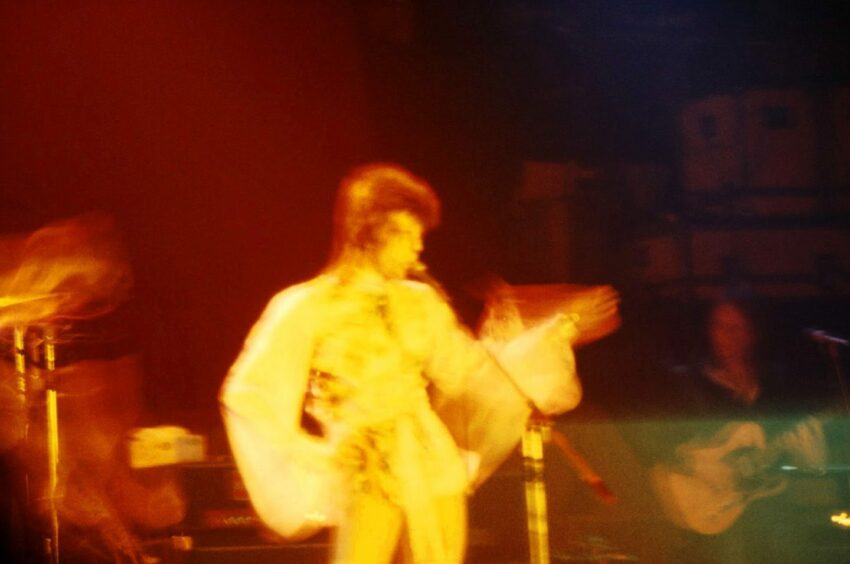
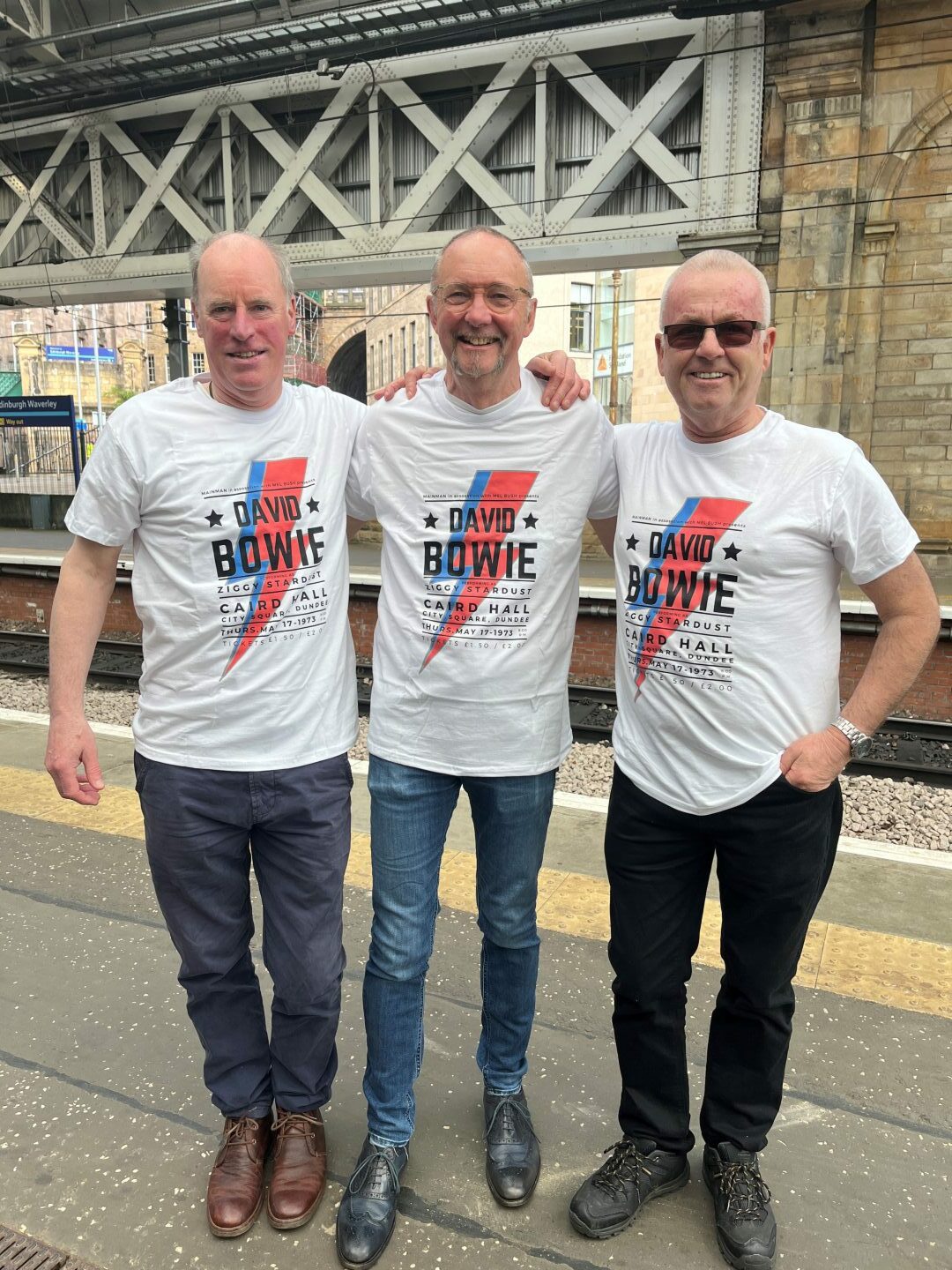
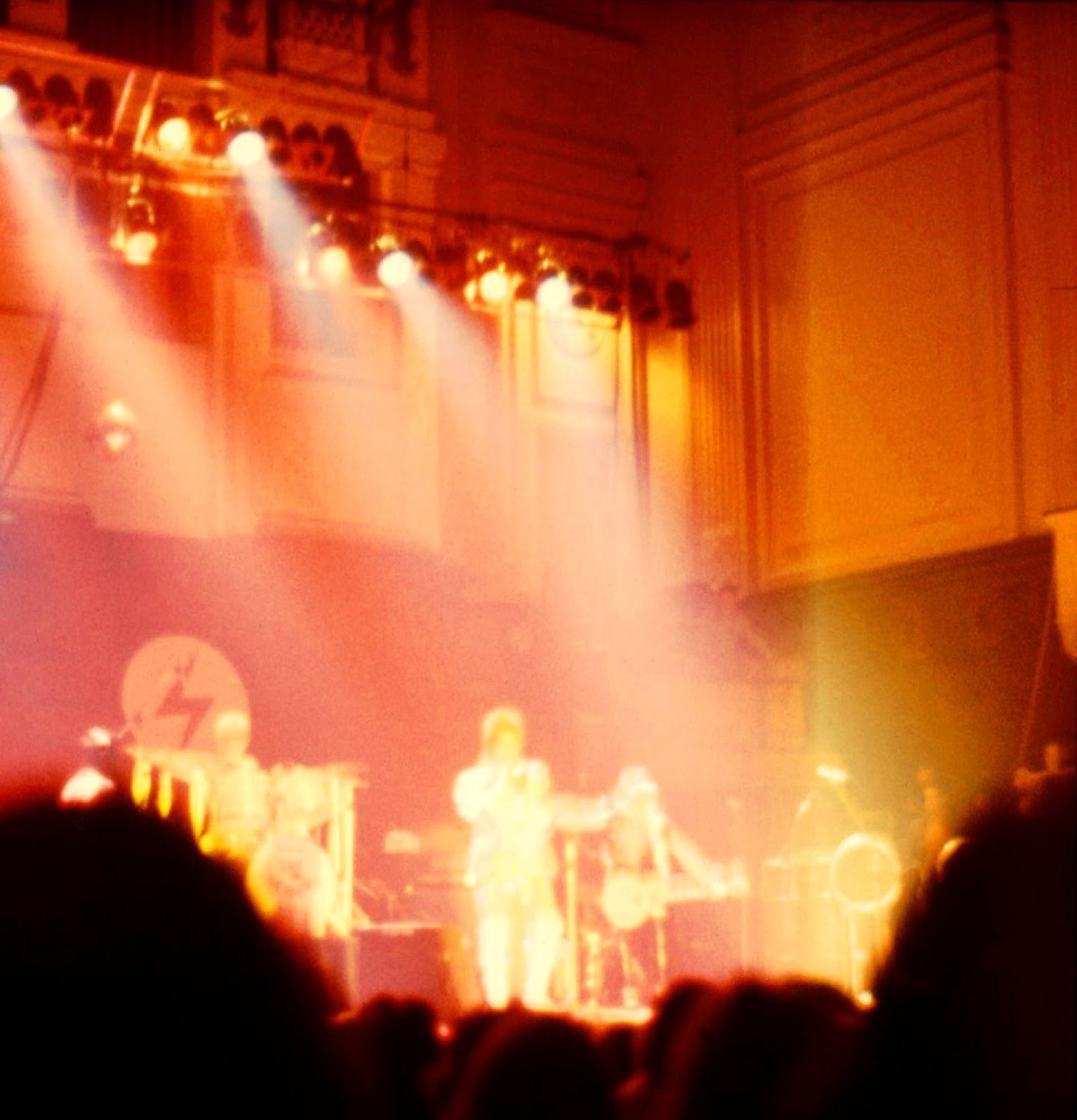
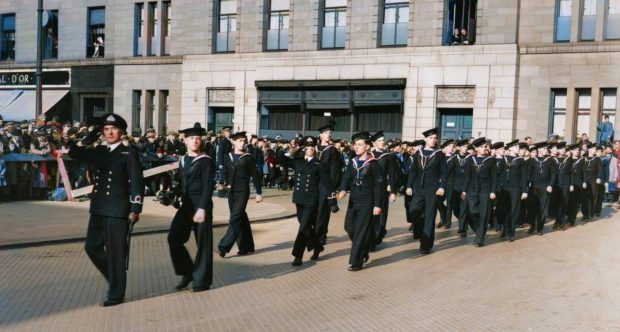
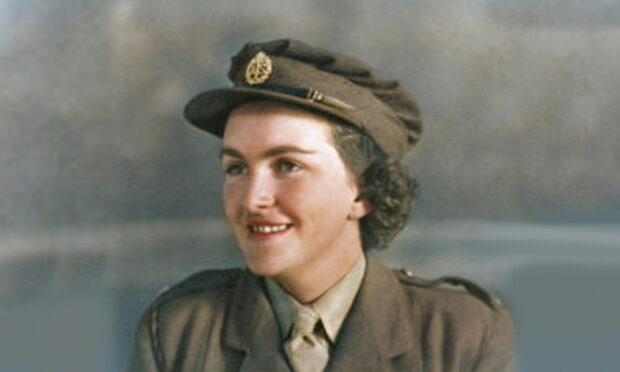
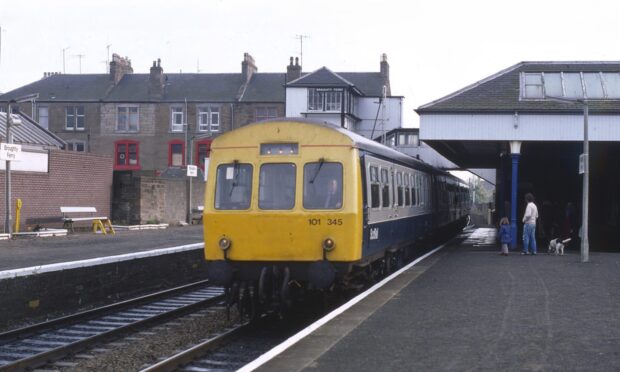
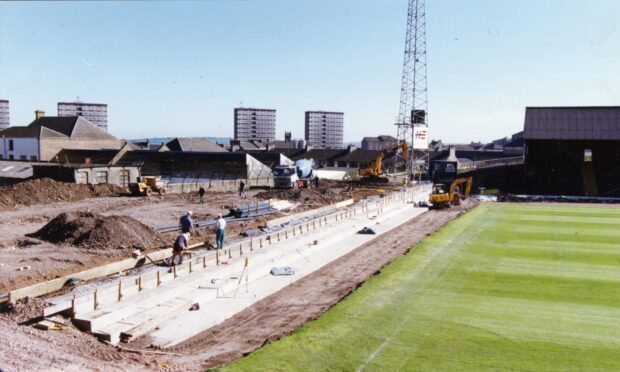
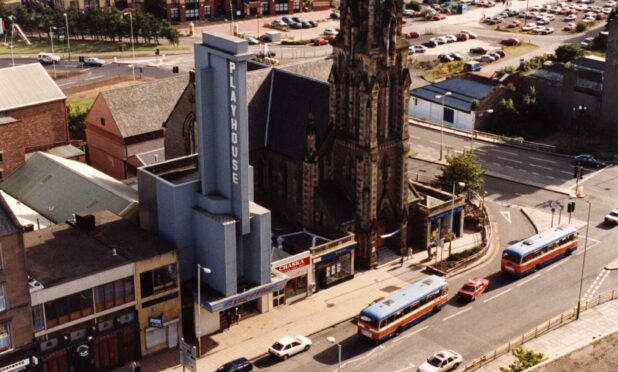
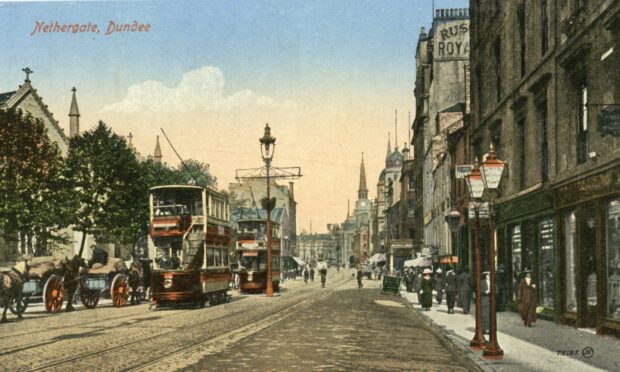
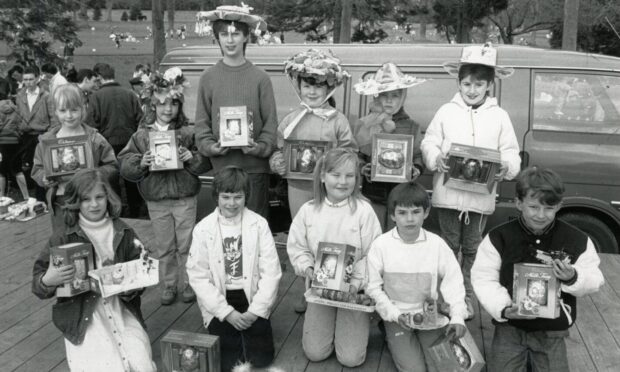
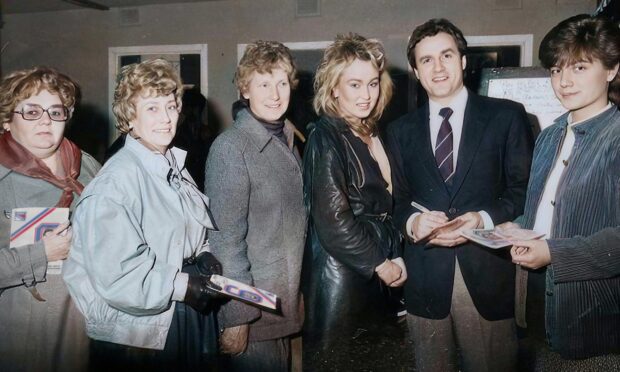
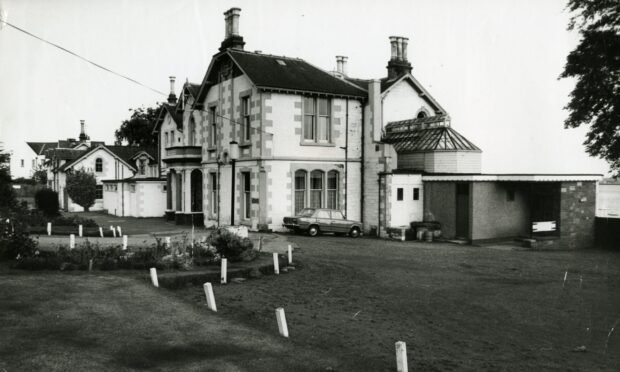
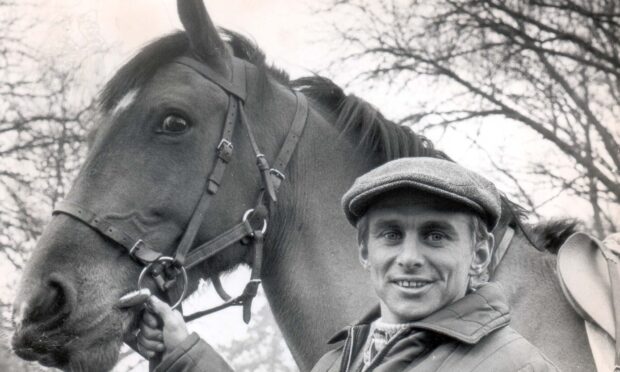
Conversation